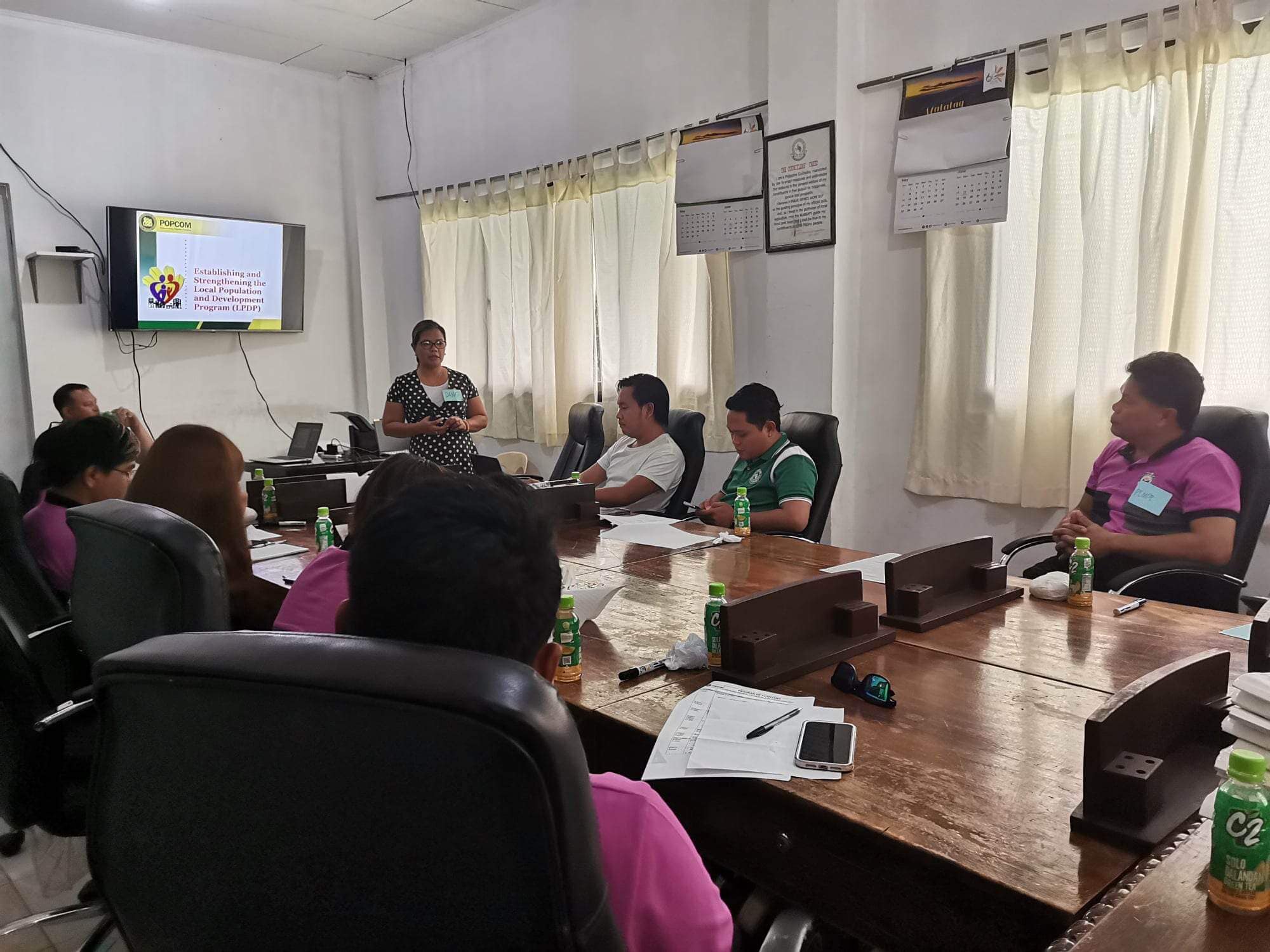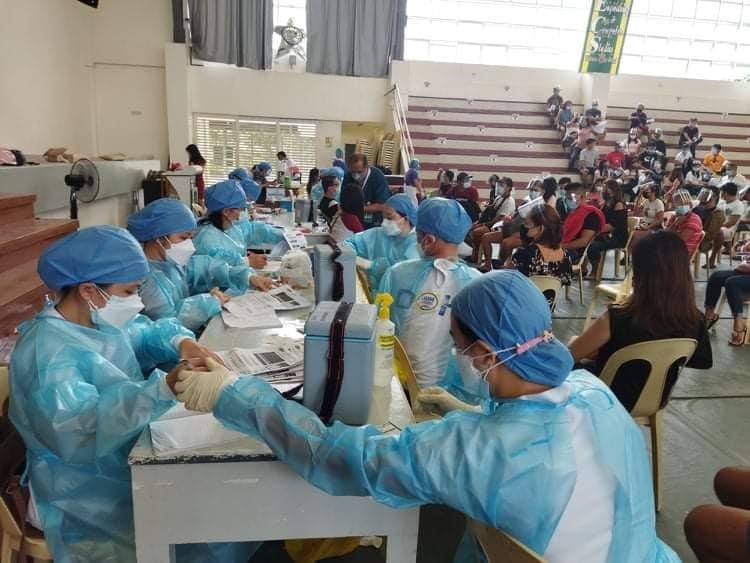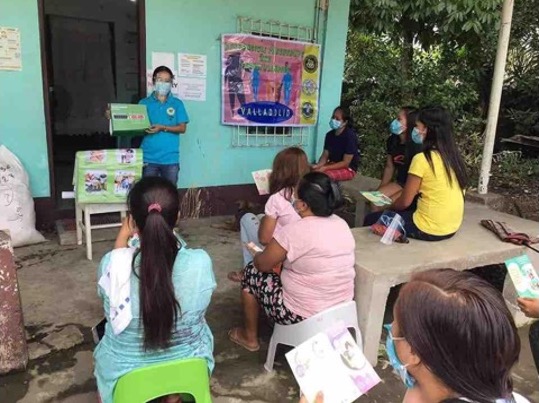"Need gyud kaayo siya para ma provide nimug tarong ilang needs, kay dili gyud lalim kung daghan anak (It is really important if you want to provide the needs of your family because it is very hard if you have many children).”
This was the response of Maricel Castro, 41, of Brgy. Duljo Fatima, Cebu City, when asked for her thoughts on why family planning is important. A mother of five children aged 18, 17, 10, 9, and 7, Maricel said that couples should take family planning seriously as it will have an impact on the future of their children.
After giving birth to her youngest child seven years ago, Maricel said she and her husband decided to look into family planning methods. They both have agreed that five kids are enough for them based on their financial capacity and for them to focus on effectively providing for the needs of each child. Maricel admits that with the birth of each child, it has become challenging for her and her husband to satisfy their children’s growing needs.
The Castro couple went to their barangay to know more about the family planning programs and services that are available to them. Maricel and her husband eventually decided on using the traditional family planning method.
Maricel is among the growing number of married women in Central Visayas who are realizing the importance of family planning and how it can redound to more savings for their families.
Declining fertility rate
According to the Philippine Statistics Authority Region 7 (PSA-7), the fertility rate in Central Visayas is decreasing based on the results of the National Health Demographic Survey (NHDS) for 2022.
The NHDS show that the region logged a fertility rate of 2.0 in 2022, which suggests that women of reproductive age (15 to 49 years old) would have an average of two children in their lifetime if fertility stays at its current level.
Since 1993 when the NHDS was first conducted, the region's fertility rate has steadily dropped: 4.4 in 1993, 3.7 in 1998, 3.6 in 2003, 3.3 in 2008, 3.2 in 2013, 2.7 in 2017, and 2.0 in 2022. Its current fertility rate at 2.0 places Central Visayas as the fourth among the regions with the lowest fertility rate in the country, tied with Eastern Visayas. The National Capital Region (NCR) holds the lowest fertility rate at 1.2, while the Bangsamoro Autonomous Region in Muslim Mindanao (BARMM) has the highest fertility rate at 3.1.
The NDHS provides valuable insights into various aspects of family planning, violence against women, fertility rates, women's empowerment, and access to healthcare in Central Visayas.

Increasing contraceptive use
Alongside the region’s declining fertility rate is the increasing prevalence in the use of contraceptives among married women in Central Visayas, specifically for modern methods of family planning.
Citing the results of the 2022 NDHS, PSA-7 said married women aged 15 to 49 who use modern methods of family planning have steadily increased over the last three decades, from 29% in 1993 to 45% in 2022.
On the other hand, the use of traditional methods among married women has remained relatively stable, with 16% of them using traditional methods in 2022. The top four most commonly used modern methods based on the said survey are: 19% for Pills, 7% for IUDs, 7% for Injectables, and 7% for Female Sterilization. The top two most commonly used traditional methods are withdrawal at 12% and the calendar method at 5%.
Aside from this, The percentage of married women aged 15 to 49 years old who said their need for family planning has been satisfied has also increased over the past five years. From only 51% in 2017, there are now 61% who said their demand was satisfied by modern family methods in the 2022 NDHS.
Higher birth interval
As the fertility rate drops and contraceptive use is on the rise, the birth interval among families in the region is also seeing a spike in the region. Measured in months, the birth interval is the period between the child's birth and that of the child before it.
The 2022 NDHS show that the birth interval in Central Visayas is at 46.4 months or around three years and eight months, which is an increase from the 36.7 months recorded in 2017.
The World Health Organization's (WHO) recommendation for the birth interval is at least 33 months between two consecutive live births, which makes the birth interval in Central Visayas above the rate suggested by WHO.

Good indicators
The Commission on Population and Development in Central Visayas (POPCOM-7) describes the continuing decline in the fertility rate in the region as "remarkable,” as it reflects the effective implementation of the government’s management-focused programs.
POPCOM-7 also attributed the increasing trends of contraceptive use to the intensified information campaign on family planning and the roll-out of various family planning programs and services in different local government units (LGUs) in the region.
One such program is the implementation of Kalalakin-an nga Tinud-anay sa ilang Responsibilidad og Obligasyon sa Pamilya (KATROPA). Implemented in the LGUs here, KATROPA aims to educate the male population of their responsibilities in the family by providing lectures on family planning and responsible parenthood.
POPCOM-7 has also strengthened the conduct of the Family Planning Caravan, which promotes responsible parenthood and reduces maternal and child mortality rates by providing access to family planning services. Parents are educated on various contraceptive methods and their benefits. Fora and seminars were also held to emphasize the significance of making informed decisions and taking responsibility for one's reproductive health. (RGC/PIA7)





